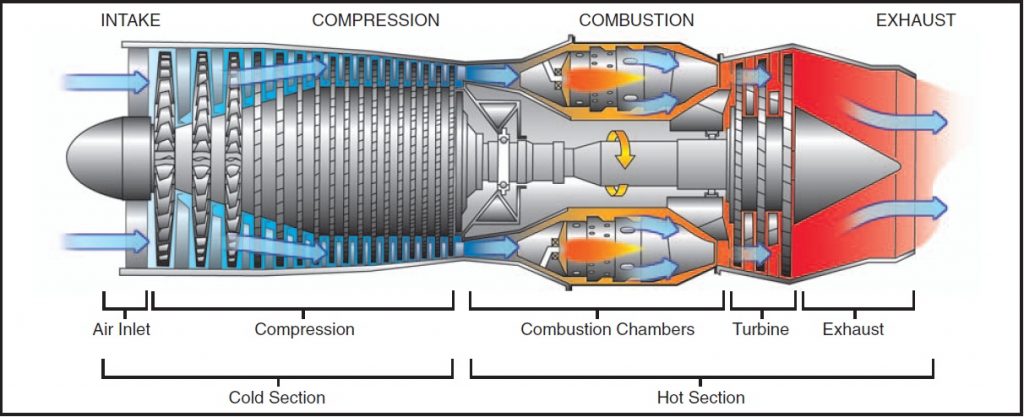How Gas Turbine Engines Start
Gas turbine engines require a sequence of activities to start up.
 If you’ve ever wondered how gas turbine engines on jets are started up, then this guide will help explain everything from start to finish.
If you’ve ever wondered how gas turbine engines on jets are started up, then this guide will help explain everything from start to finish.
The first thing to note is that turbine engines vary in size and shape. The “standard” jet engine on an airplane functions similar in that a windmill does. The hot gas that gets produced by the fuel drive creates a whirring rush that forces the spinning motion of the turbines.
On smaller engines, turbine starting is achieved simply by blowing air through the intake. This technique is also similar to creating an effect of air moving through a combustion chamber – think hair dryer.
To start the process of a gas turbine engine, an electric motor spins the primary turbine shaft. The main shaft controls the gears and is utilized when the electric motor begins forcing high amounts of air through the compressor and the combustion chamber. Once a steady amount of air is created, the igniter lights up the fuel that is slowly released and creates a “popping” noise which starts up the engine. If you’ve ever seen a big jet engine start up, you’ll notice that the first thing that is produced is a large amount of wind, followed by a “pop”, which then leaves a small trail of smoke coming out from the engine.
Portable power units are also utilized to supply a controlled amount of voltage to the plane prior to starting up allowing the dashboard and all of the electronics to be fully powered.
